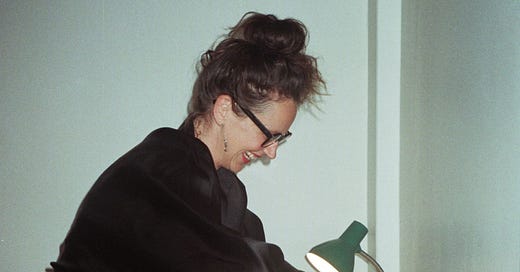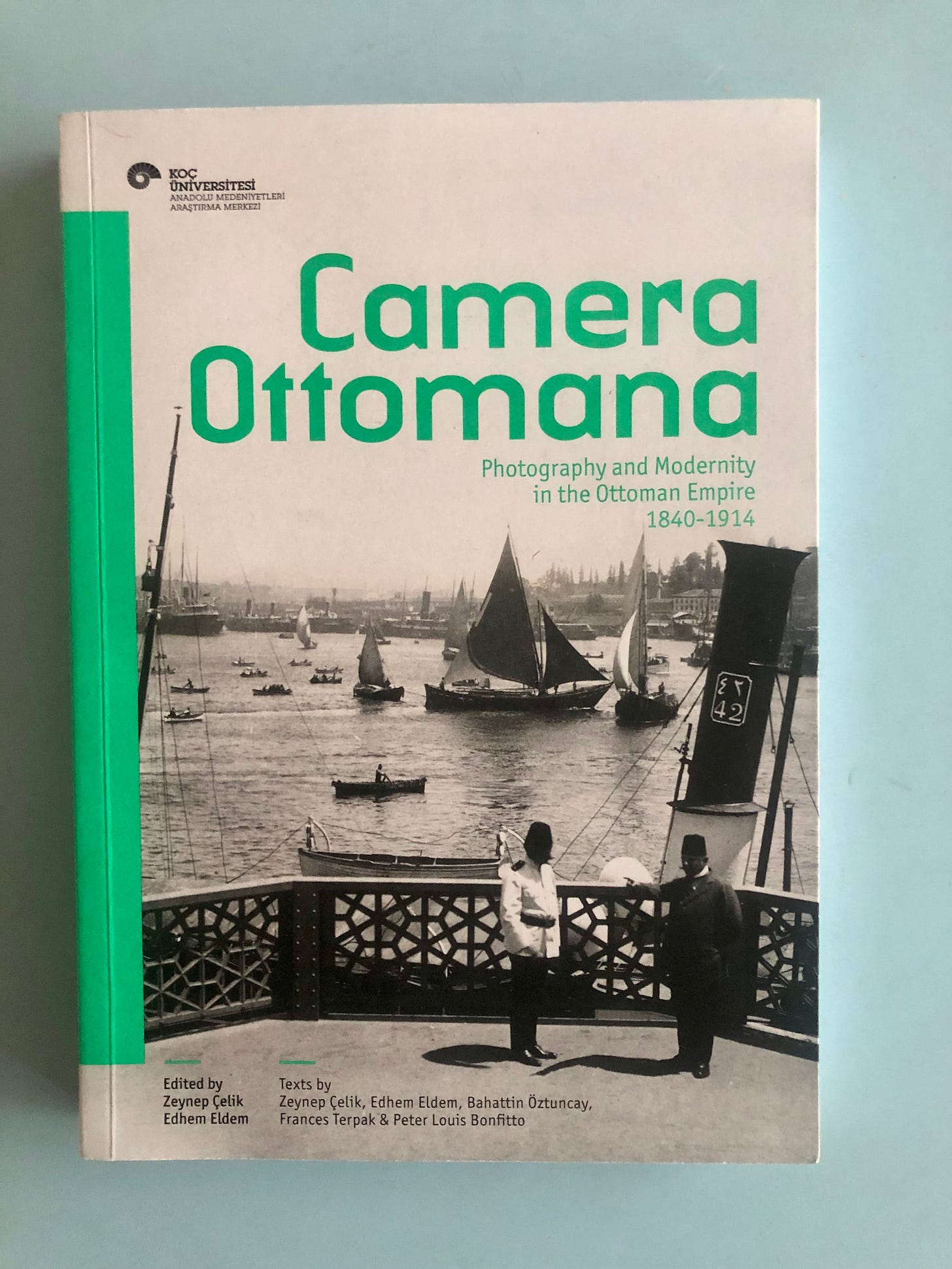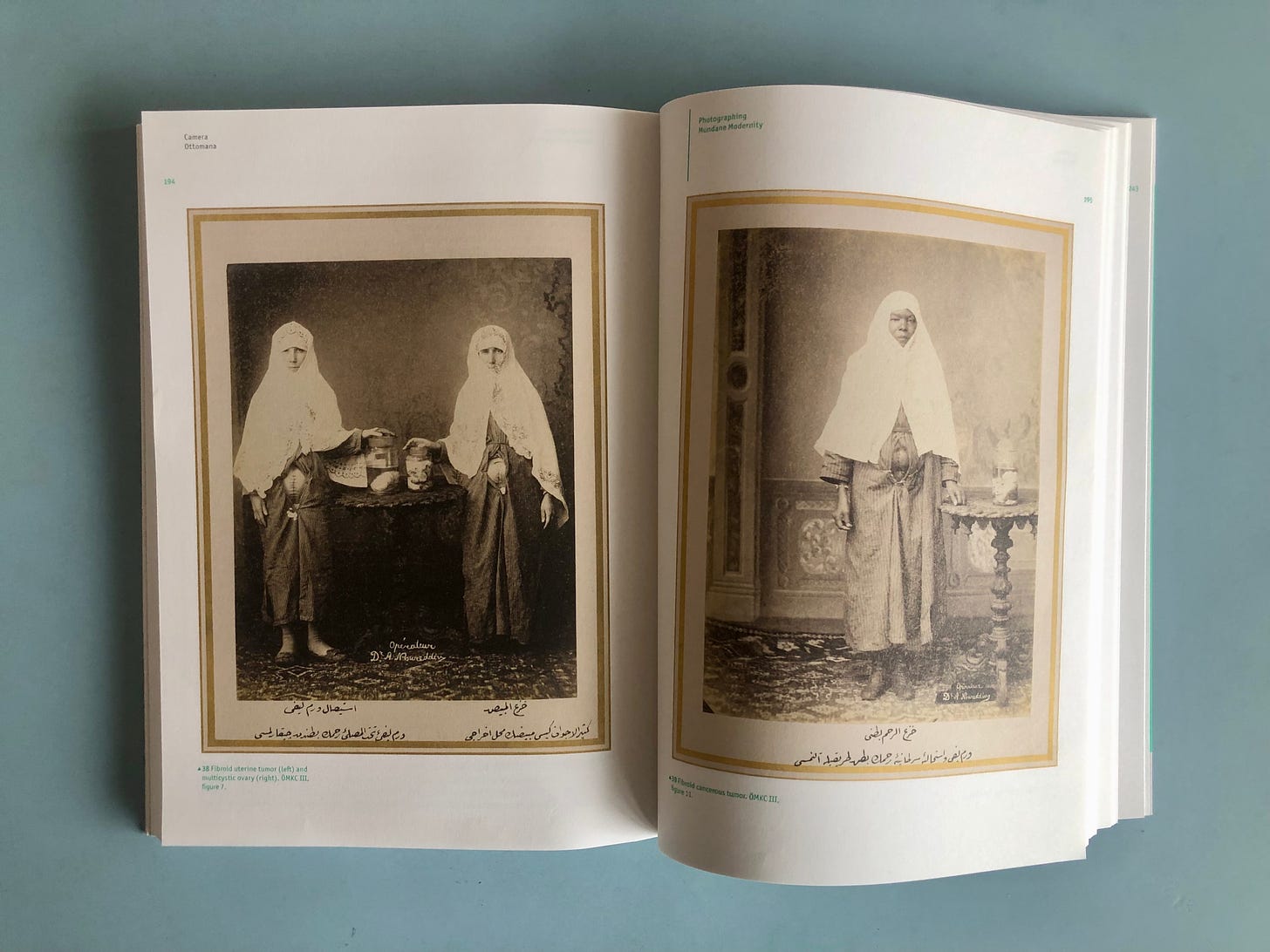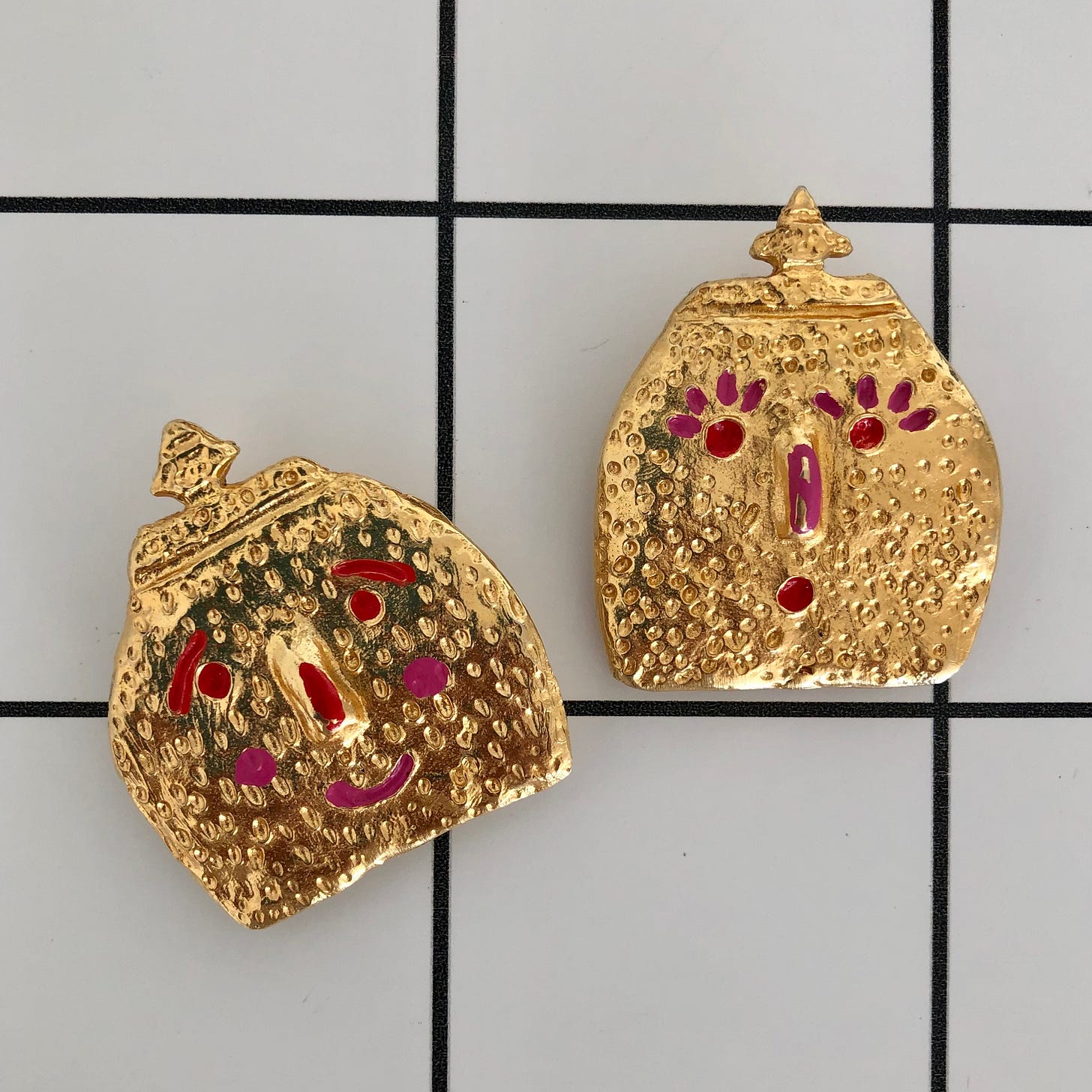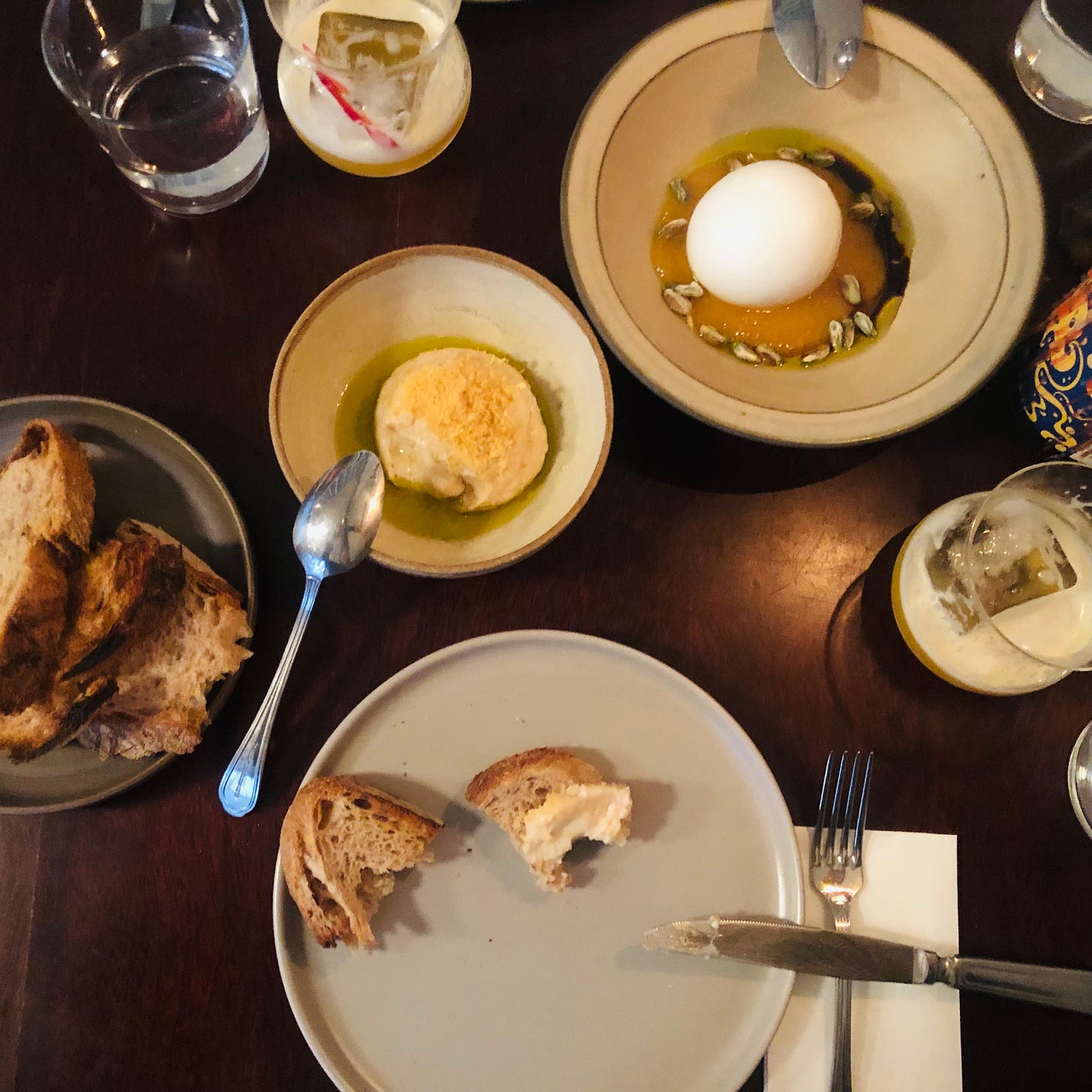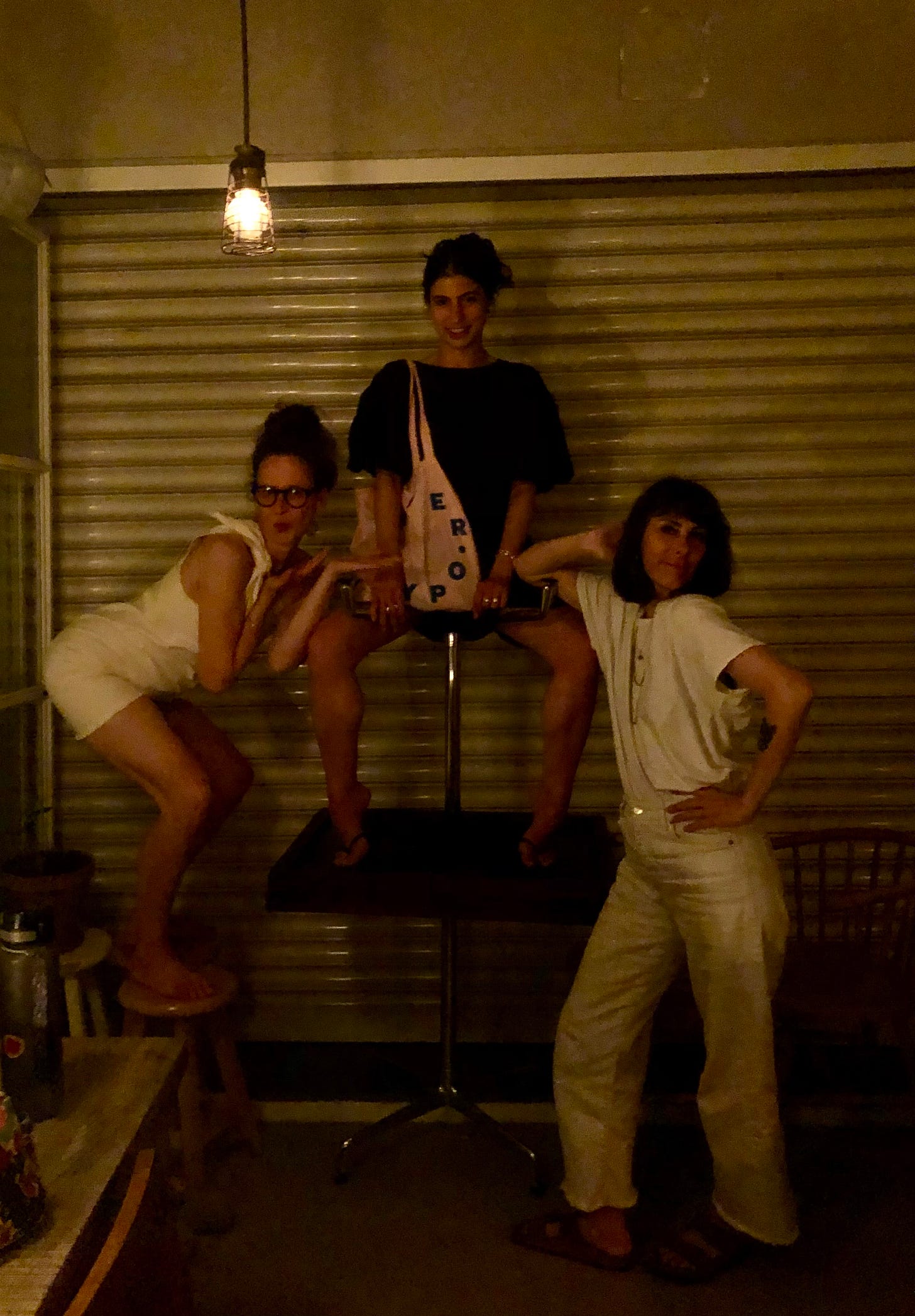Hi!
And welcome to the first official newsletter. I am really excited, where this adventure will take us. As some may know: I currently spend most of my time in Istanbul. After a long decade in Berlin, you now catch me in the streets of Beyoğlu and clearly there is lots to discover. Here are some of my latest findings:
Camera Ottomana
Every morning I take a long walk. Starting my day like this has become a beloved routine. Sometimes I walk along the Bosphorus. Other times I stroll through İstiklal Caddesi, the main shopping street, and its little alleys and slopes left and right. A few weeks ago on one of those mornings I entered a small bookshop and found this gem: “Camera Ottomana. Photography and Modernity in the Ottoman Empire 1840-1914”. To be honest: I am not a big connoisseur of the 19th century, nor do I know much about the history of photography. But somehow I was intrigued.
I started flipping through the pages and one particular chapter really got me. I was amazed. What I was seeing, was just so unusual.
In the beginning - as in many places around the world - photography in the Ottoman Empire was mostly used for portraits of so called important and influential people (meaning: mostly men) like national leaders, military guys and big bosses.
But at the end of the 19th century the range expanded. Photography became a tool for something else, especially here in Beyoğlu. A doctor named Ahmed Nureddin and his friend Nikolaos Andriomenos, a prominent photographer of the time, teamed up and decided to document the successful medical journeys of female patients.
To be more precise: Ahmed Nureddin worked as a surgeon at Haseki Women’s Hospital and was specialized in removing tumors from women’s wombs. He and Nikolaos Andriomenos started to produce photographs, that served as clinical records and portraits of women post surgery.
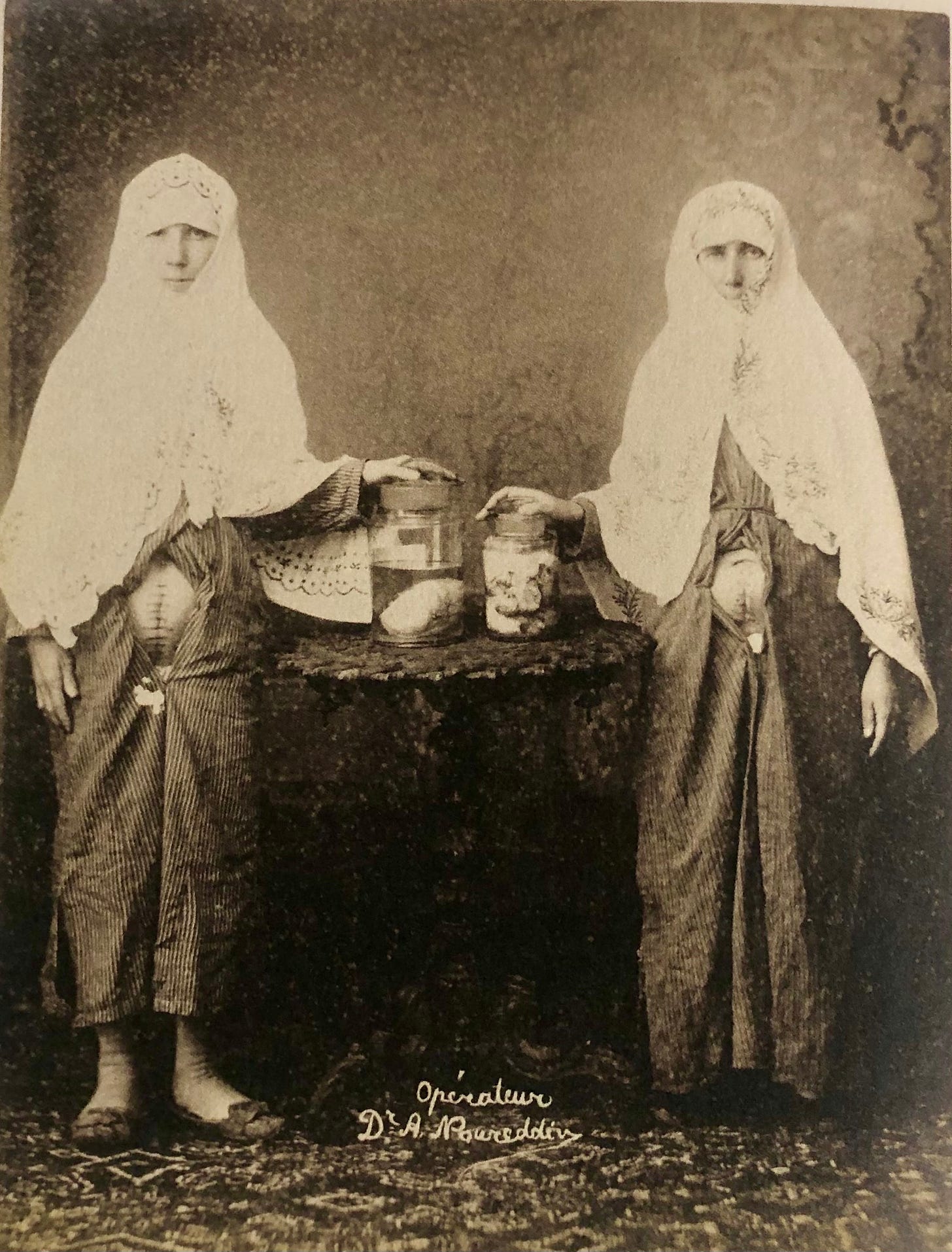
As you can see, there are several fascinating details. The simple striped gowns the women are wearing leave the belly open, exposing their scars. The hands of the women are placed on the specimen jars, as though owning their particular tumors and taking pride in having overcome their illnesses. The eyes of the women directly confront the camera and seem to acknowledge their personal victory and contribution to science. Taking those photos was a celebration of survival and a striking contrast to the many exoticized representations of women in the Ottoman Empire.
I am not sure if one can go as far and say these two men, who are responsible for those images, were early feminist, but they definitely broke conventions.
Tanti Ceramics
I used to love earrings. When I was a teen, I had a very serious collection, including all different shapes and sizes. My motto was: “Go Big or Go Home”.
In my twenties that changed. Wearing bold earrings felt somehow inappropriate. I wanted to be elegant, not loud (not sure wether that worked).
But: Since living in Istanbul my old passion has somewhat returned. One of the reasons: There are a gazillion jewelry shops and many young designers, who come up with very charming and entertaining pieces. One of my favorites is Tanti Ceramics by Tanla Özuzun.
I got this pair on a recent trip to Büyükada, the biggest of the princess islands. There is a tiny shop inside the famous Splendid Hotel (which is an early 20th century dream), where they sell sweet merch and divine little objects like these earrings. (Of course Tanti Ceramics also has an Online Shop)
To me, there is something really fun about wearing them and every time I put them on I become more cheerful. And isn’t that the main reason to get dressed?
Rutin
There are plenty of fabulous food places and restaurants all over Istanbul (I’m sure, I will write about a few of them). But one is especially dear to me. Rutin – opened by young chef Kaan Demirci and his crew – is the perfect spot to spend an evening with your girlfriends.
I discovered Rutin a few months ago and am obsessed ever since. Hidden in a little street called “old florist”, the small restaurant serves orange wine, dishes like chickpea miso marinated chicken leg, dangerously delicious cocktails and most importantly: the best Tarama in town.
It is one of those places you'd love to own. Rutin is cool yet cozy; unpretentious yet chic and - even if it sounds like a well-worn cliché - coming here always feels like entering the living room of a dear friend. A friend with whom you can share your best kept secrets and silly jokes with while listening to old records from Josephine Baker to Hildegard Knef (their record collection is fire).
One of my first evenings here, was with my friend Serra. It was early fall, still warm outside. We wore summer dresses and flip flops and sat on the little terrace. Kaan made us shrimp carpaccio and served natural wine. We got wonderfully tipsy. At some point other friends spontaneously joined (that is the beauty of Beyoğlu – everybody is always around), a saxophone was pulled out, the record player volume was turned up, chairs were pushed to the side and we did, what one should do, to complete a good night: we danced.
(A little side note: The food scene of Istanbul – like in many cities – is quite male-dominated. But that’s changing. The New York Times recently took a tour to the great females chefs along the Bosphorus.)
See you around & Kendine iyi back
Carolin
P.S.: If you want to share one of your latest findings in this newsletter, just write me. It would be wonderful to use this space together.

